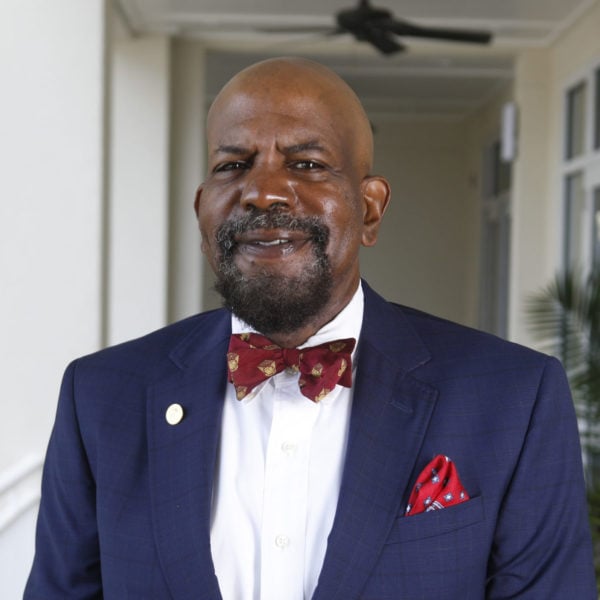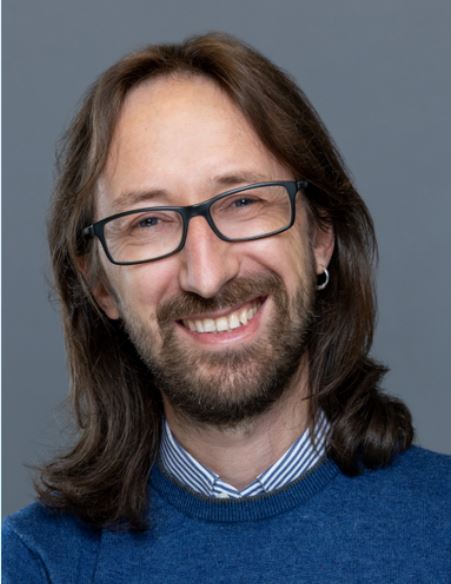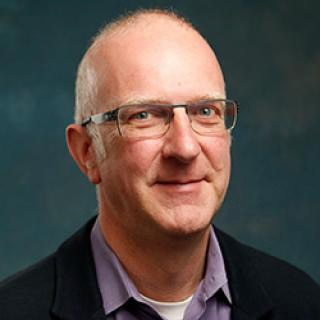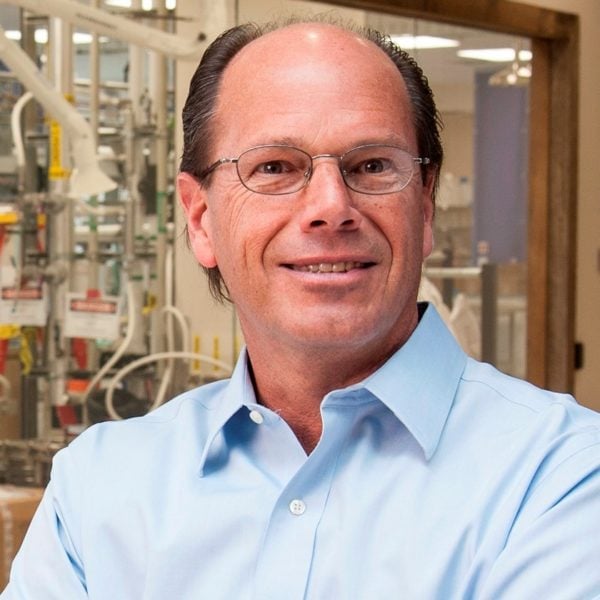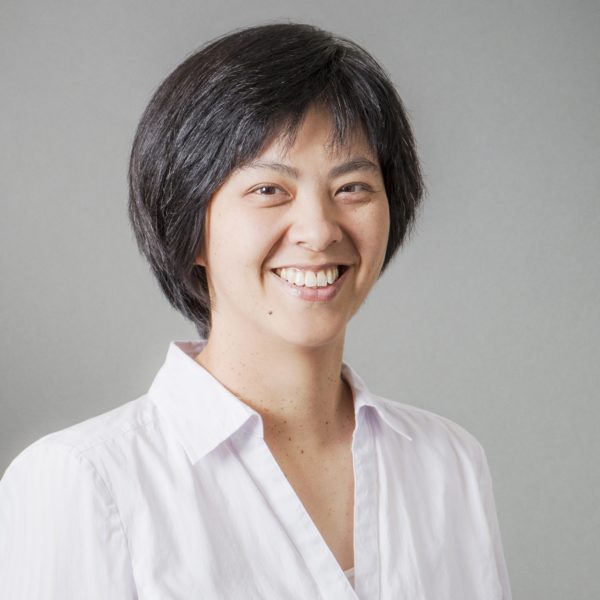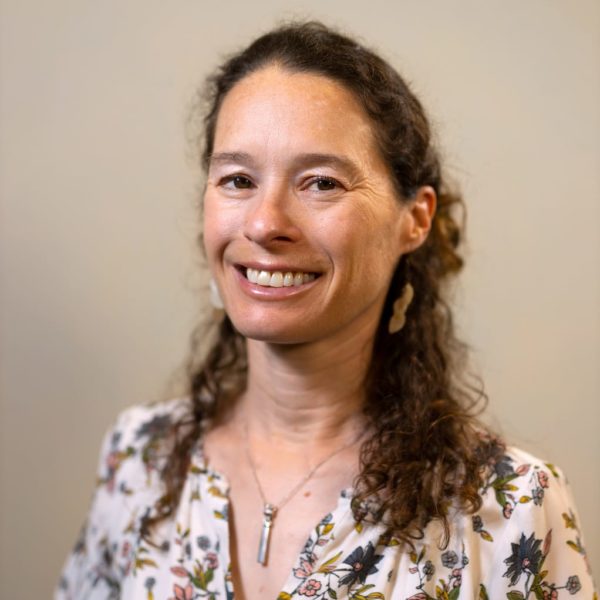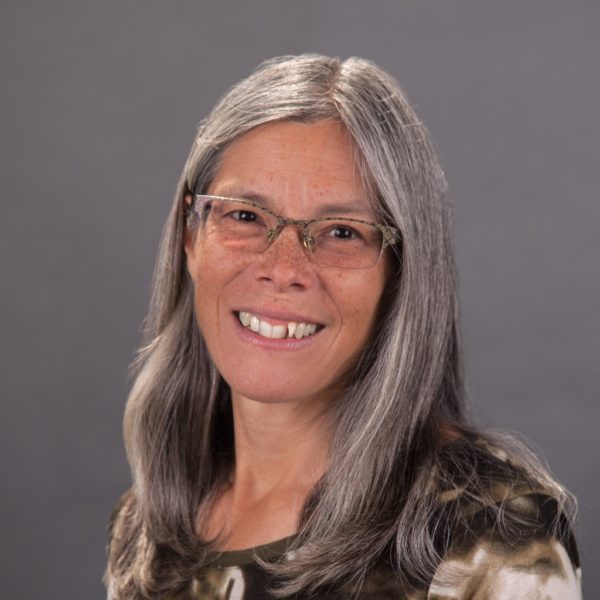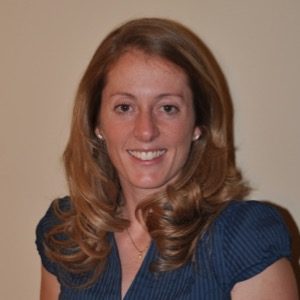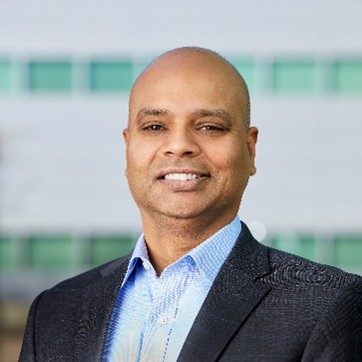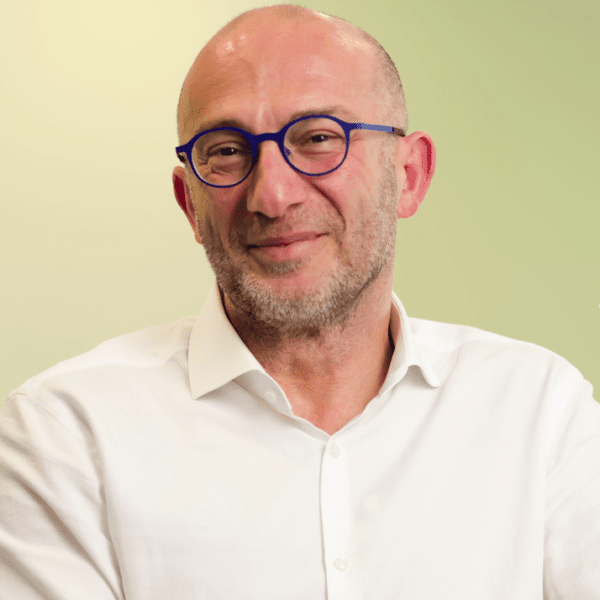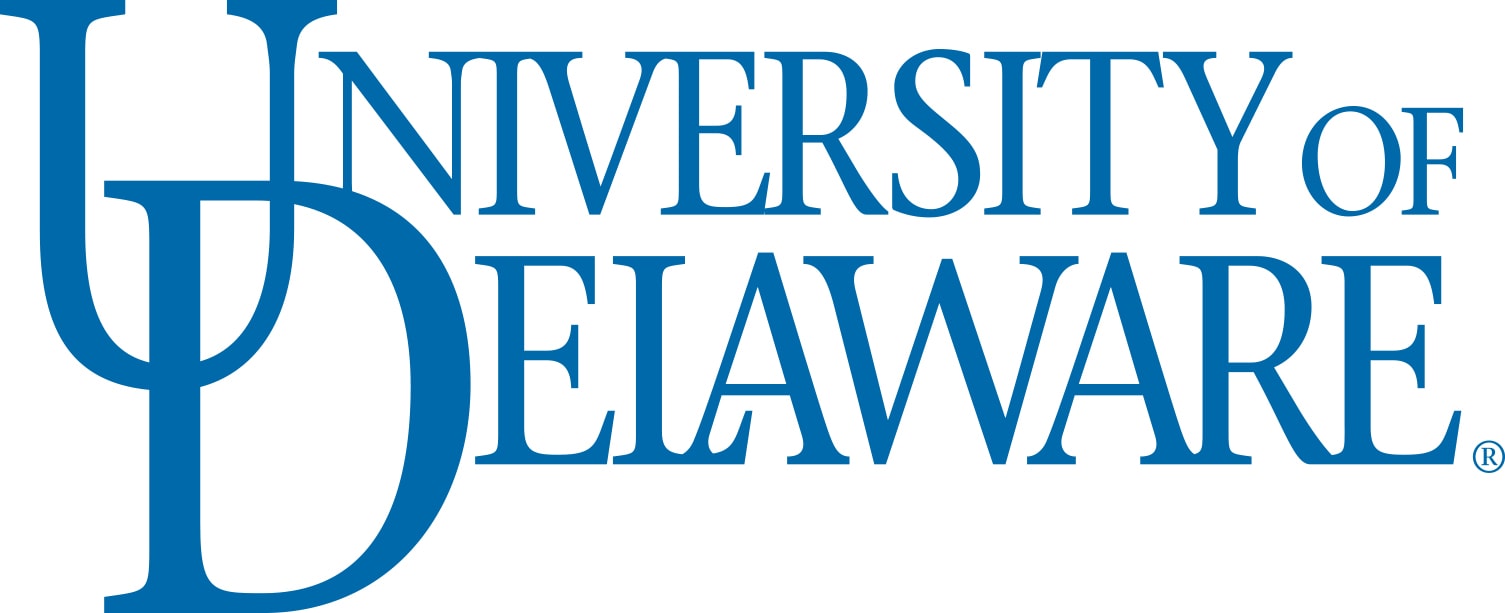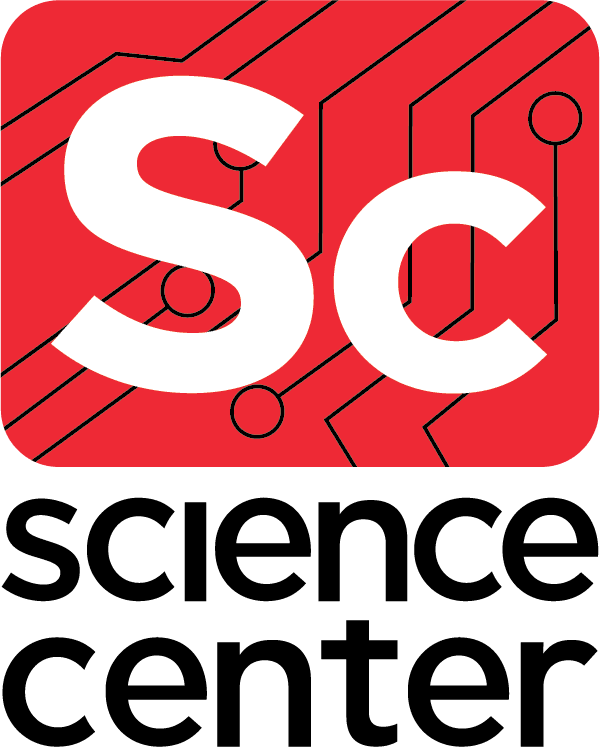Leveraging Biology to Power Engineering Impact
Exploratory Domains
The natural world provides many sources of inspiration for engineering novel systems beyond those used to restore or augment human function. Three general approaches through which engineering can achieve impact via leveraging knowledge and understanding of natural biological systems are of particular interest and are outlined below.
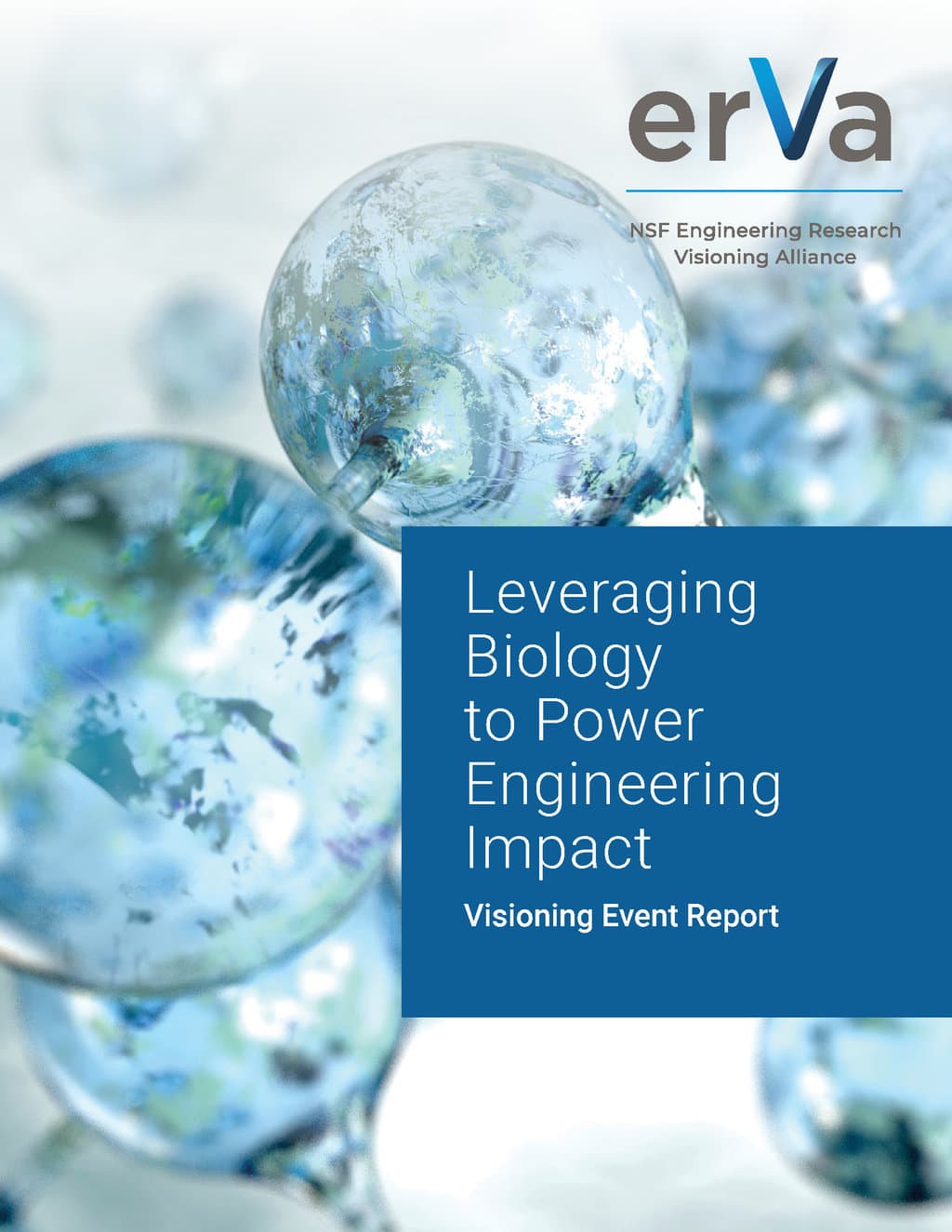
Timeline
-
January 2022Established
-
March 2022Visioning Event
-
FAll 2022View Final Report
Bio-inspired/Bio-informed
Inspiration from biology is used to engineer components and systems. Naturally occurring chemistry from both animals and plants has driven advances in materials science. Design of engineered systems has been informed by nature-based mechanical solutions. Neuroscience is under scrutiny to provide inspiration for brain-based data storage and computational capabilities. In the future, we stand to learn much from biological mechanisms of resilience and adaptation to inform the design of engineering structures and systems.
Repurposing Biology
Biological constructs may be adopted and adapted for purposes beyond their existing biological function. A classic example of this is the use of DNA molecules for data storage, building on the remarkable integrity and potential for error-free replication of this macromolecule. Additionally, intense interest is focused on designer organisms—products of synthetic biology—that may afford functionalities from mining, to agriculture, to bio-foundries. Engineered living systems may provide building blocks for next-generation sustainable engineering.
Improving on Biology
It’s also possible to envisage engineering components and systems that go “beyond biology." One potential example is manipulating the interactions between species in different kingdoms. This “interkingdom engineering” has breathtaking potential to improve human health, for example by manipulating the human microbiome to ameliorate obesity or interrupting interspecies virus transfer to diminish disease spread.
8 "Impossible" Things
Participants will engage in breakout discussions with interdisciplinary peers to collectively identify what fundamental research is needed to make these scenarios seem not so impossible. The following challenges are posed by our Thematic Task Force as a lens through which to posit visioning bold possibilities at the interface of biology and engineering.
- Impossible Thing 1
Smartphones don’t need a trade-in; they reproduce. - Impossible Thing 2
A businesswoman flies to work using her new exoskeleton. - Impossible Thing 3
Your bathroom mirror performs hospital-grade diagnostics. - Impossible Thing 4
There’s never another "your child has been exposed to..." sign at daycare.
- Impossible Thing 5
Small town USA manufactures all the chemicals and materials it needs from plants grown nearby. - Impossible Thing 6
Lifespans are no longer defined by ZIP code. - Impossible Thing 7
Central NYC-ers breathe pristine mountain air. - Impossible Thing 8
A 100-year-old breaks the 100m sprint record.
Thematic Task Force
Co-Chairs
Jake Beal
Simone Bianco
Jennifer Blain Christen
Douglas Friedman
Michael Ibba
Jeff Lievense
Ellis Meng
Maurine Neiman
Kiisa Nishikawa
Alison L. Sheets-Singer
Nike, Inc.
